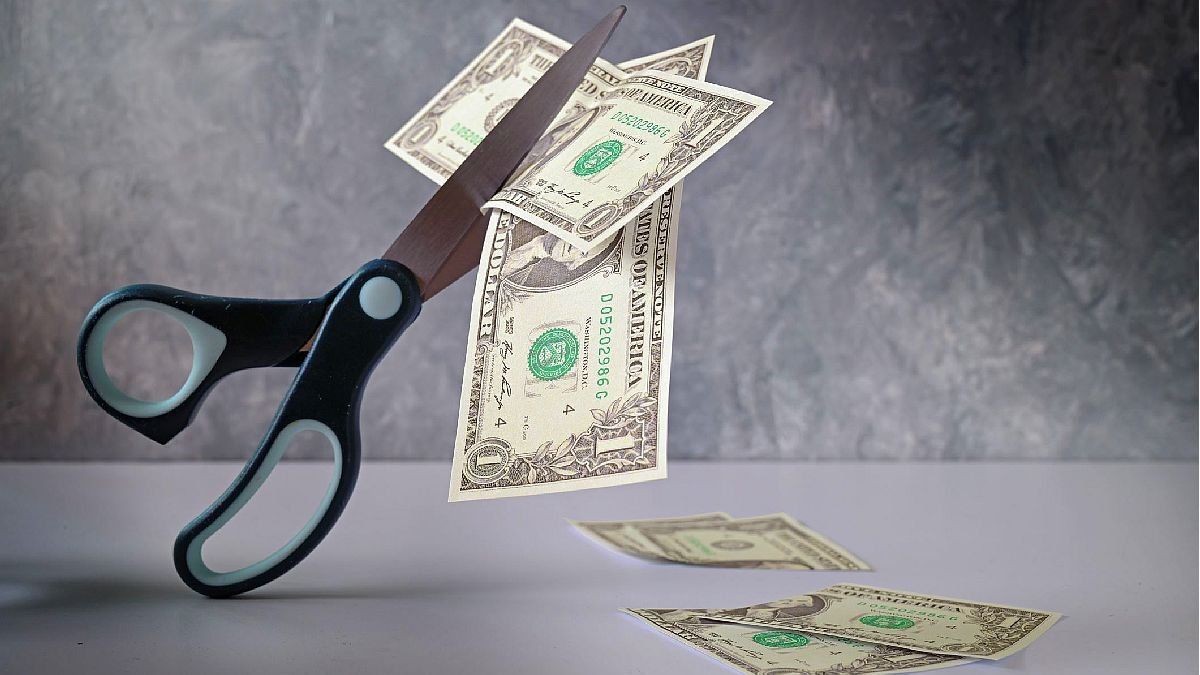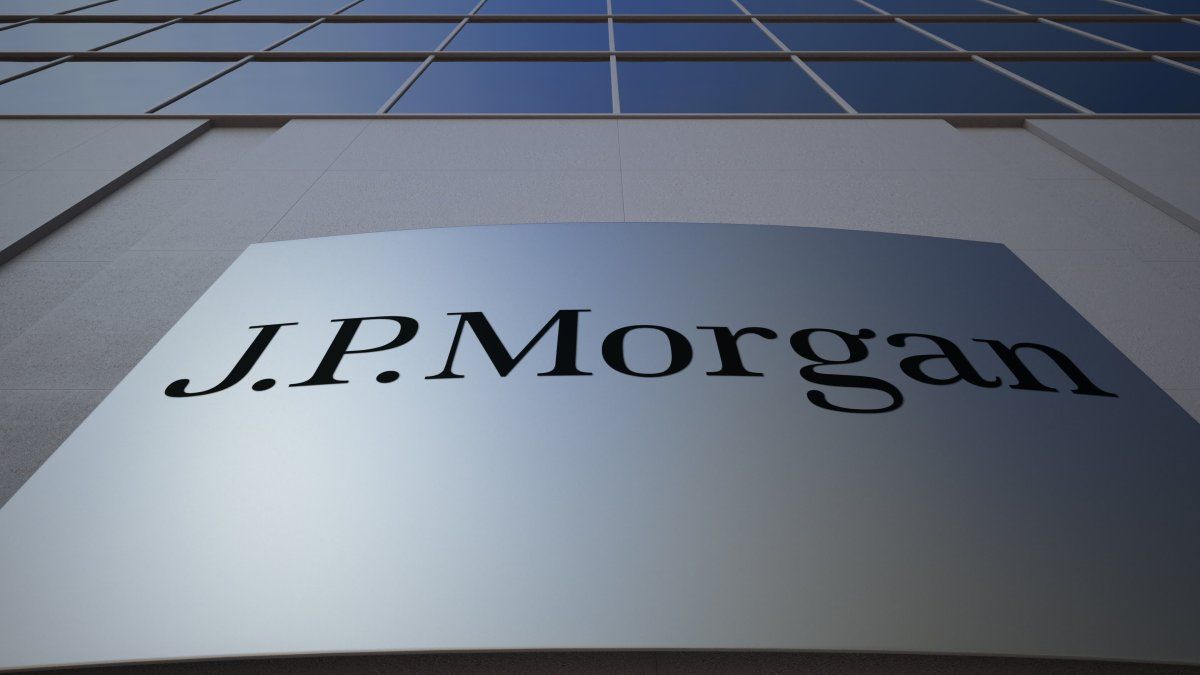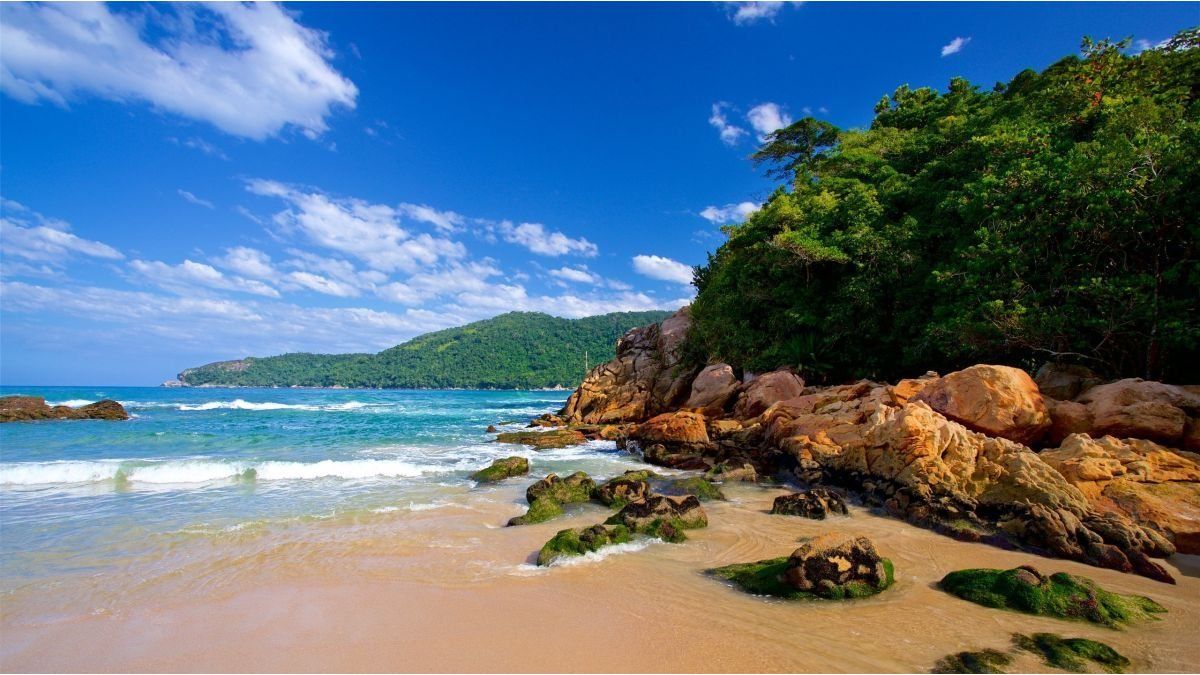The second way of entering dollars into the country could be done through the capital market, buying a bond abroad in dollars and selling it in pesos in the local market. For this operation, one dollar would be obtained at a price of $210. It is clear that those who want to bring dollars into the country will do so this way. The counterpart of the one who arrives is another private person who leaves, therefore, there is no increase in reserves.
This double operation of the foreign exchange market is what does not allow us to increase reserves.
The solution would be to have a unified exchange rate, the dollar should have a unique value, in this way everyone would liquidate the income in the banking channel and the Central Bank could increase its reserves. This would make possible a change from negative to positive in the flow of dollars. The problem is that an exchange rate of $210that would imply a 73.1% jump in prices of the entire economy, since any increase in the exchange rate is transferred to prices. A new economic plan would have to be designed.
If the Government does not want a single exchange rate, it will have to get used to living with the double standard, a market that will not receive investments and financing until it has defined which exchange rate prevails.
Dollar Dolar 2022 Dollars Pesos Banknotes
Mariano Fuchila
The reserves of the Central Bank are very thin and nothing suggests that they will grow during 2022. The Government raises the exchange rate up the stairs, while inflation goes up the elevator. Tying the exchange rate so that it does not rise at the rate of inflation has its consequences. When the price of the wholesale dollar does not grow at the expected rate, the reserves adjust downward by quantity. When reserves reach critical levels, price adjustments will have to be made and it would seem that the ball is in the IMF’s court. Will you approve a dollar adjustment? Will it drive a devaluation of the peso? Is sudden devaluation in Martín Guzmán’s manual? For now, we do not know what can happen.
Argentina cannot meet the reserve accumulation goals with the IMF, the reserves are below the $42 billion and they cannot exceed that mark. In the largest period of liquidation of agricultural exports, it was not possible to put together a cushion to pass the second semester, with which the scenario begins to turn critical.
The paradox of the current economic moment is that, despite having negative reserves in the Central Bank, alternative dollar prices are ironed six months agowhich denotes that there is a selling current in the market.
The proximity of the elections in Argentina means that many investors are taking positions in Argentine assets. Although the presidential elections are in October 2023 and the primaries in August of the same year, it must be borne in mind that the engines will begin to heat up from March 2023, when the provincial elections begin, with projections of results ranging to predict who wins the presidential elections in the second semester.
From our point of view, the market will begin to discount who wins the presidential elections from the second quarter of 2023, therefore, those who wish to take a position in Argentina must do so in the second half of 2022. Something like this must be happening.
The exchange rate in $112 it is clearly backward, with this exchange rate Argentina cannot develop its export role, there are many products that are excluded from international trade because they do not have a competitive price.
Alternative dollars around $210 they are a high exchange rate, but not so high, and that is evidenced by the trips abroad by Argentines. While, in April 2021, expenses on trips abroad totaled $117 millionin April 2022 add up $437 million. According to data from the financial system, card expenses in dollars went from $74 million in April 2021 to $251 million in April 2022. Once again Argentines travel abroad en masse.
conclusion
- Investors are beginning to outline their portfolios for the second semester: 30% of the portfolio in pesos and 70% of the portfolio in dollars seems to be the most recommended mix by the market average.
- 30% of the portfolio in pesos has no discussion, they are time deposits in pesos adjusted for inflation or bonds in pesos adjusted for inflation. A very specific issue, fixed terms in pesos adjusted for inflation do not pay income tax, just like traditional fixed terms. The same happens with bonds in all their categories, whether in pesos, inflation-adjusted pesos and dollars. In all cases in the head of a human person; At the head of a legal person, all financial investments pay income tax.
- 70% of the portfolio in dollars could be made up of dollar bills, bonds in sovereign dollars, Negotiable Obligations in dollars or Notes in dollars guaranteed by a reciprocal guarantee company.
- Thinking that a new government arrives and expectations of change are opened, the most important being the elimination of the stocks in the coming years, do not rule out investing in real estate, be it fields, land, houses, apartments, commercial premises or others. They have had bad press these years, but the probable elimination of the stocks would push prices up.
- We believe that new winds are coming to the market, if we are in a political crisis of unknown dimensions and the dollar, far from increasing, remains calm, it is that someone is betting on greater investments in the country, the change is closer than many predict.
- Many ask when the economy explodes, what they have not realized is that the economy has already exploded, and what lies ahead is a recomposition of relative prices. Whoever gets ahead in investments will earn a lot of money.
Source: Ambito




